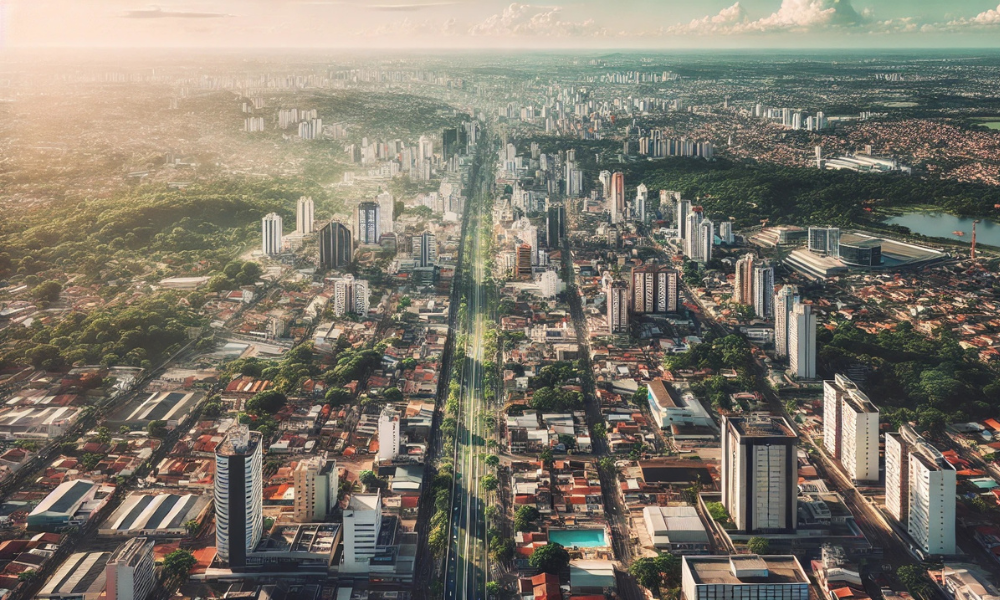AM Best retains negative outlook on Brazil’s reinsurance market

AM Best retains negative outlook on Brazil’s reinsurance market | Insurance Business Canada
Reinsurance
AM Best retains negative outlook on Brazil’s reinsurance market
What is keeping the segment down?
Reinsurance
By
Kenneth Araullo
AM Best’s outlook for Brazil’s reinsurance market remains negative, citing several key factors, including the industry’s insularity, regulatory restrictions on foreign assets, an ongoing fiscal deficit, and a slowdown in reinsurance growth.
The market’s focus on the domestic sector is one of its significant challenges, the credit agency stated. While this insularity provides some protection from currency fluctuations, regulatory barriers restrict domestic reinsurers from holding significant foreign currency, limiting their ability to compete globally.
The fiscal deficit in Brazil reduces incentives for foreign reinsurers to participate in the market. Additionally, currency appreciation has expanded the size and profile of the country’s reinsurance market, making it more attractive to global players.
However, international companies operating in Brazil face exposure to foreign exchange swings when paying claims in Brazilian reais.
On a positive note, AM Best noted that Brazil’s reinsurance market showed positive bottom-line results in 2023, mainly due to investment income and high nominal interest rates. New initiatives for reinsurance and retrocession, along with high underwriting prices, also contributed to the market’s performance.
Despite the recovery in the reinsurance market, a sustained favorable trend is necessary. The outlook will be considered stable when the volatility of the industry’s technical and bottom-line results decline, coupled with positive technical income.
What is keeping the outlook negative for Brazil’s reinsurance?
GDP growth in Brazil remained strong in 2023, although it plateaued during the last quarter. High prices, a falling dollar, and elevated interest rates continue to support reinsurance industry growth. Reinsurance premiums, net of commissions, continue to grow annually, driven primarily by transportation, property, special risks, and health lines.
Property, agribusiness, automotive, and financial risks held the largest market shares in 2023. Due to the 2022 drought in southern Brazil, re/insurance companies have reduced their exposures in the agribusiness sector, ceding more than 50% of what is assumed from primary insurers.
Brazil’s historically high interest rates have also played a role. As of year-end 2023, the interest rate (SELIC) stood at 11.8%, down from 13.8% in 2022. The double-digit interest rate environment helped reduce inflation to 4.62% at the end of 2023 from 5.79% in 2022. The reinsurance segment has benefited from higher interest rates on its invested reserves, significantly contributing to profitability.
Investment income has been a critical factor in the profitability of Brazil’s reinsurance industry, especially since the pandemic. However, reliance on investment income remains high.
Brazil is also creating better conditions for its reinsurance and retrocession market by introducing structures similar to insurance-linked securities (ILS), such as the “Letra de Risco de Seguro”, which cedes risks to a special purpose vehicle.
This initiative aims to lower insurance costs by providing reinsurance capital from institutional investors. Although still in development, the initiative is expected to generate efficiencies in the market once approved by regulators.
Several factors could stabilize the reinsurance market. Meaningful economic reforms could facilitate long-term growth and boost confidence both domestically and abroad. Additionally, underwriting profitability – generating solid earnings primarily from underwriting – is critical for a sustainable and prosperous reinsurance segment.
What are your thoughts on this story? Please feel free to share your comments below.
Keep up with the latest news and events
Join our mailing list, it’s free!






